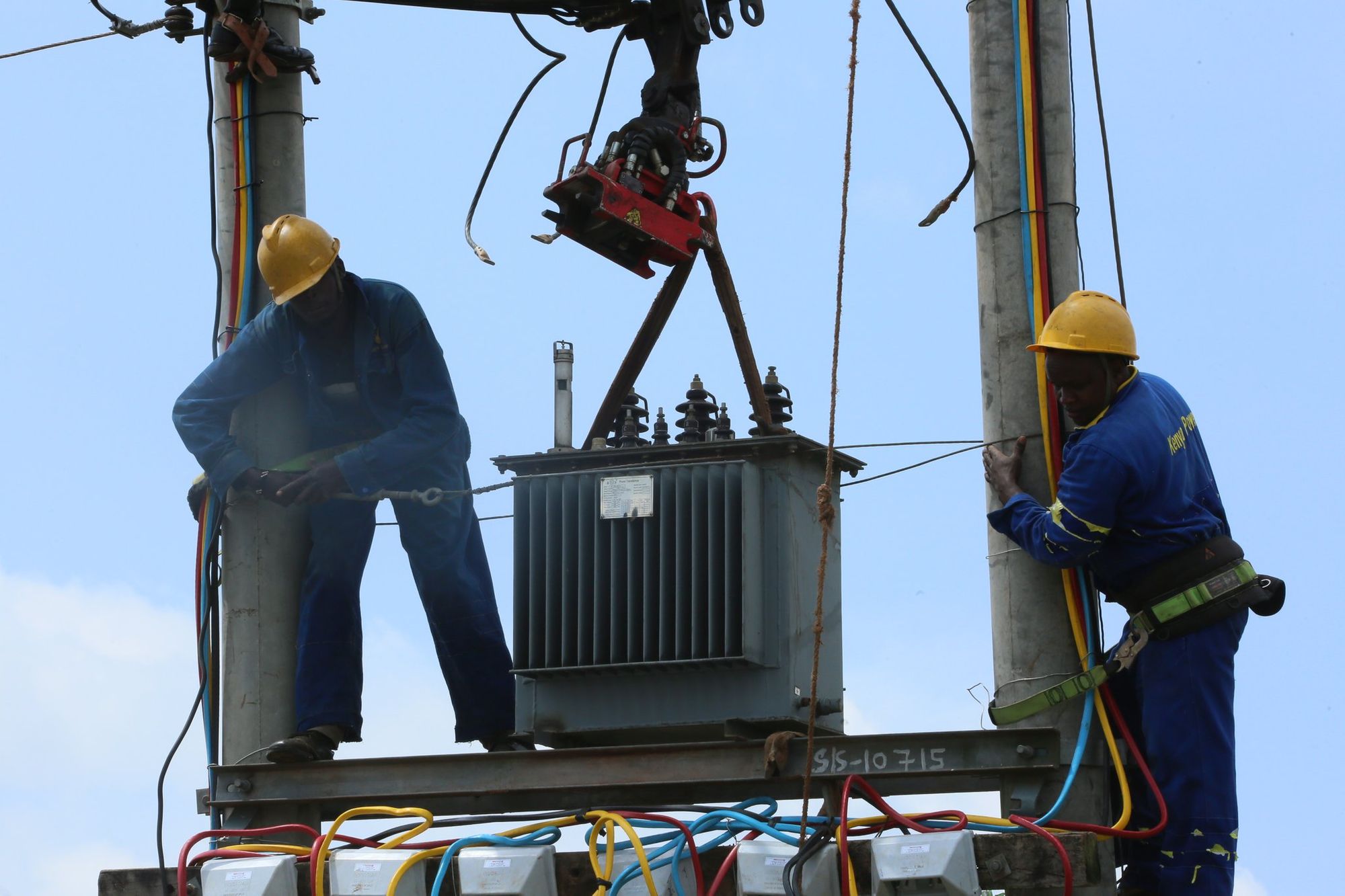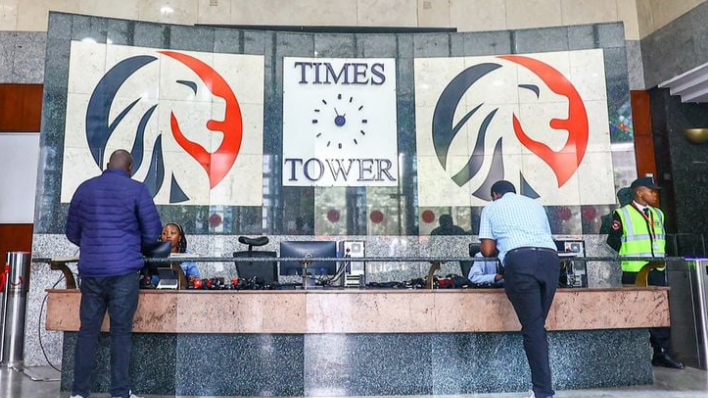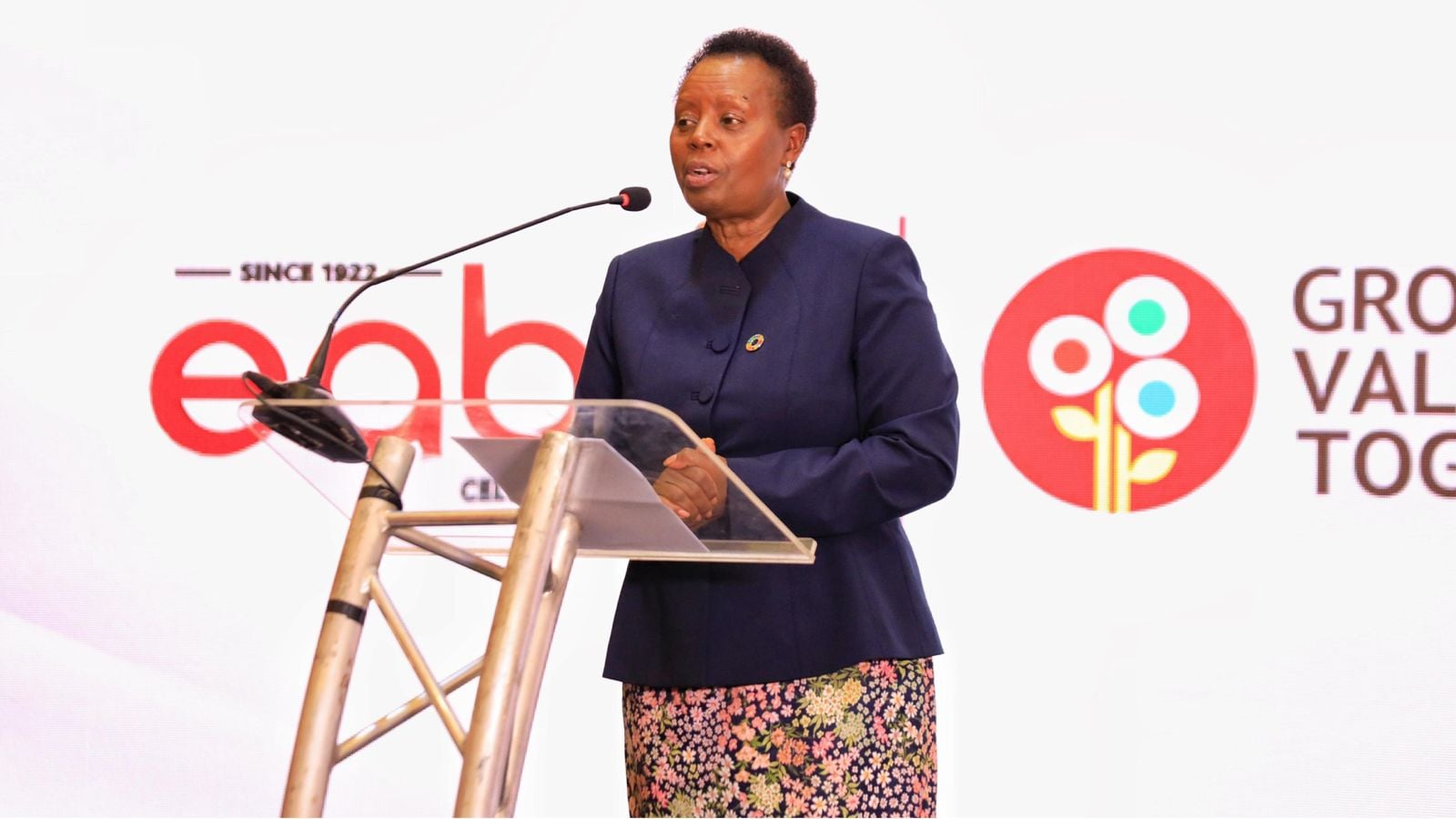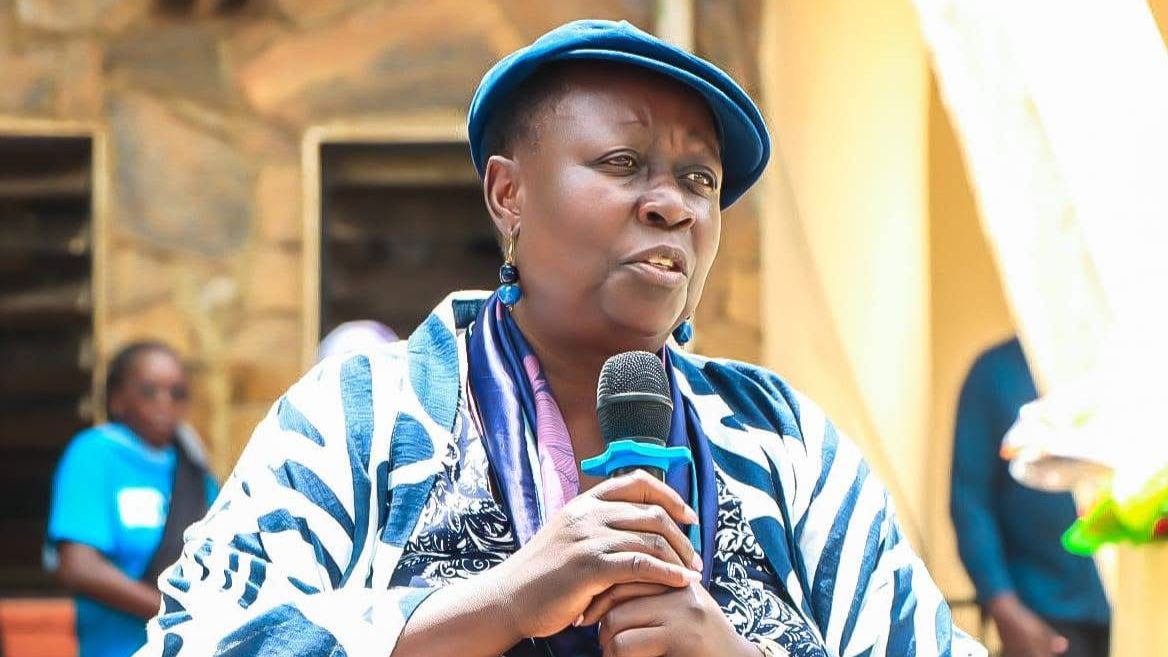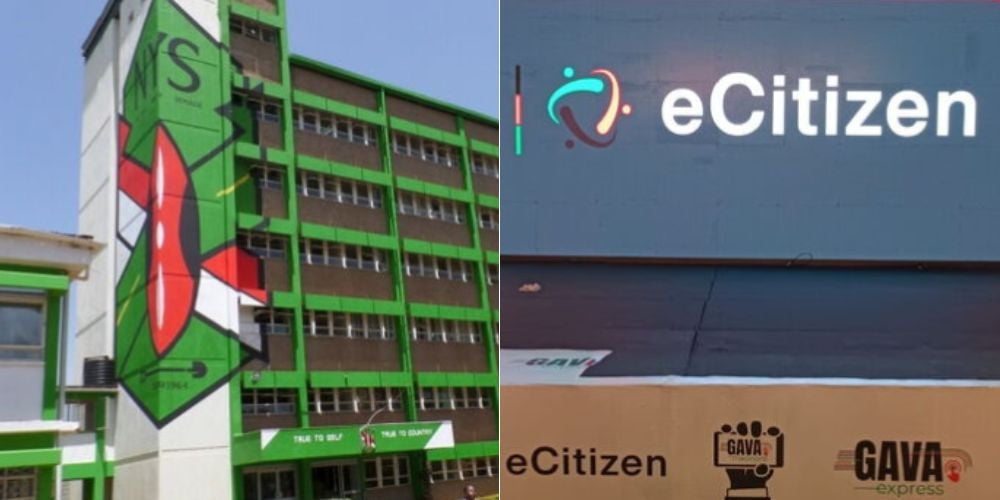Kenya Power and Lighting Company has made a U-turn on a bill that was set to increase the cost of electricity in the country.
The power distributor has sought to decrease fixed charges in deals signed with electricity-generating companies.
The move will improve KPLC's revenue as well as reduce the cost of electricity for consumers in the country.
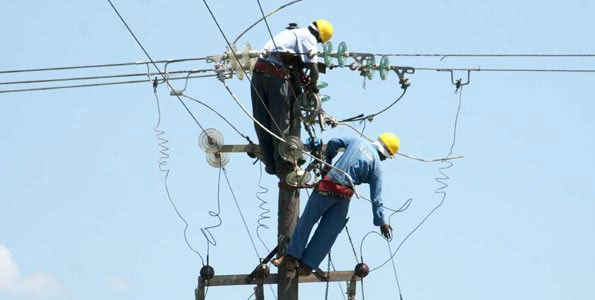
File image of KPLC technicians fixing a power line. |Photo| Courtesy|
Read More
KPLC in an audit report indicated that reducing capacity charges, which are paid to electricity companies regardless of generation, as one of the key factors to boost their income.
The power distributor has since 2018 been pushing for the increment of electricity bills prior to the U-turn.
This comes as KPLC looks to fully cover the cost of wholesale purchase of power from the likes of KenGen and maintenance of the national grid.
By cutting back on the bills paid to KenGen, Lake Turkana Wind, Thika Power, and OrPower, KPLC will lower the cost of electricity distributed to homes and businesses.
"it is obvious that if the cost of electricity from the generators comes down, the same will go to the economy or wananchi /customers by the regulator also reviewing the retail tariff downwards," KPLC CEO Bernard Ngugi stated.
"It would be good if the economy gets the benefit of cheaper power to spur growth through manufacturing that relies heavily on electricity rather than merely to think of electricity players making money," he added.
KPLC will revise electricity charges in the country once it concludes negotiations with power generators.
The power distributor indicated that it is only appropriate that generators cut back on their appetite for high profits.
"It is high time cheaper power is achieved by all making some sacrifices to grow our economy for all," Ngugi stated.
Kenyans homes are currently charged between Ksh16 and Ksh24 per kilowatt-hour (kWh) depending on consumption bands.

File image of KPLC CEO Bernard Ngugi during a past address. |Photo| Courtesy|
